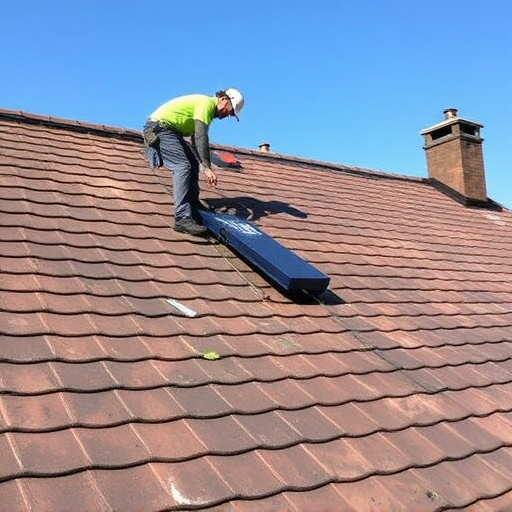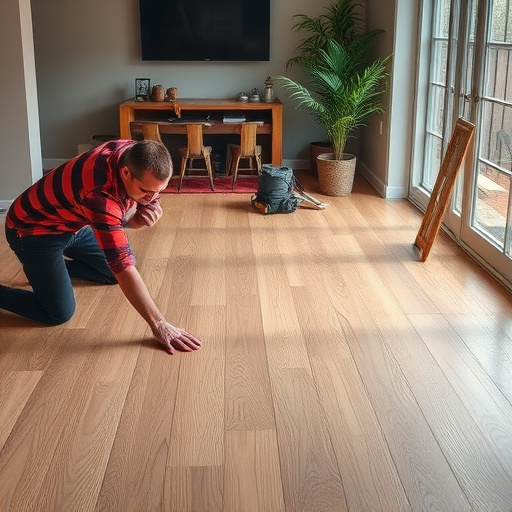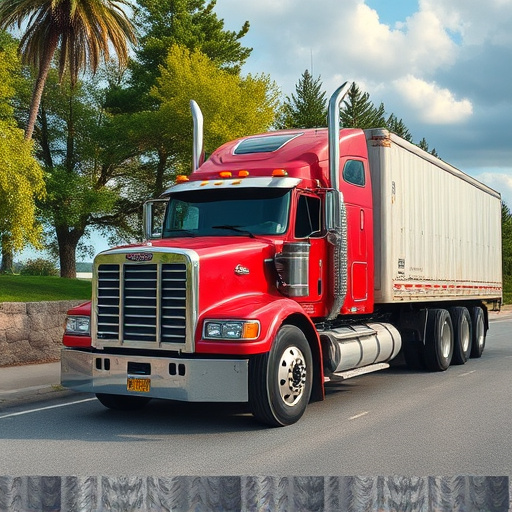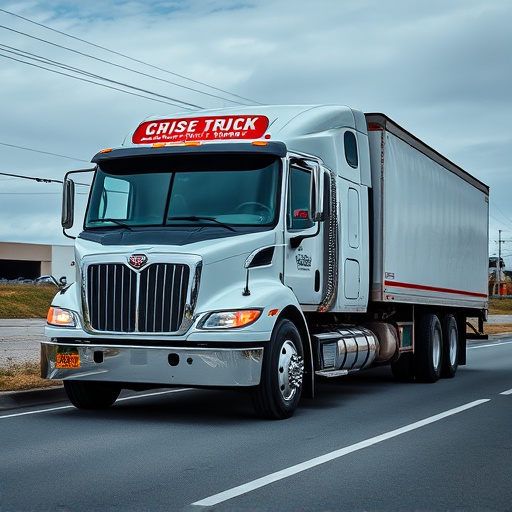Proper surface preparation is vital for successful vehicle decal installation. This includes washing and drying the car, using automotive cleaners for contoured surfaces, and correcting minor paint imperfections. The goal is a clean, dry surface in a cool, dry environment (70°F, 21°C; low humidity) to ensure optimal adhesion, prevent air bubbles, and achieve durable results for custom graphics or paint protection films.
Install vehicle decals without a single air bubble? It’s easier than you think! This comprehensive guide takes you through every step of professional vehicle decal installation. From preparing your car’s surface, including meticulous cleaning and inspection, to choosing the right tools and positioning the decal perfectly, we’ve got you covered. Learn effective techniques for removing air bubbles and achieving a flawless, long-lasting finish.
- Preparing Your Vehicle Surface
- – Cleaning and decontaminating the surface
- – Inspection for suitable conditions
Preparing Your Vehicle Surface

Before installing any vehicle decals, ensuring your car’s surface is clean and prepared is paramount to achieving a smooth, bubble-free finish. Start by washing and drying your vehicle thoroughly to remove any dirt, dust, or debris that could compromise adhesion. A gentle paint correction process can also help smooth out minor imperfections, allowing for better decal adherence.
Use a high-quality cleaner specifically designed for automotive applications, and pay special attention to areas with contours, gaps, or challenging surfaces. Once the surface is dry, inspect it for any remaining particles or moisture, ensuring it’s ready for application. Proper preparation sets the stage for seamless integration of your decals, be it a simple graphic or a full custom vehicle wrap, elevating the overall look and quality of premium automotive services.
– Cleaning and decontaminating the surface

Before installing any vehicle decals, ensuring a clean and contaminant-free surface is paramount. Start by thoroughly washing your car using a dedicated car shampoo and microfiber towels. This removes dirt, grease, and other residues that can hinder decal adhesion. After washing, decontaminate the area with an appropriate cleanser to get rid of any remaining contaminants like wax or polish. A clean surface ensures optimal adhesion, allowing your vehicle decals to stick smoothly without air bubbles.
Additionally, consider the weather conditions. It’s best to install decals in a cool, dry environment. Extreme heat and humidity can affect the decal’s adhesive properties, leading to poor results and potential air bubble formation. By maintaining a controlled environment and ensuring a clean surface, you’re setting yourself up for successful vehicle decal installation, enhancing the durability of your custom graphics and providing effective protection for your vehicle.
– Inspection for suitable conditions

Before beginning the installation process, it’s crucial to ensure your vehicle is in suitable conditions for applying decals. The surface should be clean, free from dust and grease, and as smooth as possible. Wash and dry the car thoroughly, paying close attention to removing any residue or contaminants that could hinder adhesion. It’s also essential to check the temperature and humidity levels; optimal conditions are typically around 70°F (21°C) with low humidity. These ideal conditions ensure the adhesive will bond well to your vehicle’s surface, resulting in a long-lasting and bubble-free installation.
Additionally, consider the type of paint protection film or automotive detailing products used on your car. Some films require specific preparation steps before decal application, while others may have special instructions that need to be followed for best results. Understanding these requirements ensures that your vehicle is properly prepared for the task, leading to a seamless and professional-looking vehicle enhancement.
Successfully installing vehicle decals without air bubbles requires a well-prepared surface. By thoroughly cleaning and decontaminating your car, you ensure optimal adhesion. Inspecting the conditions ensures the surface is free from imperfections. Following these steps for proper preparation guarantees a smooth and professional application, enhancing the overall aesthetic of your vehicle through effective vehicle decal installation.














